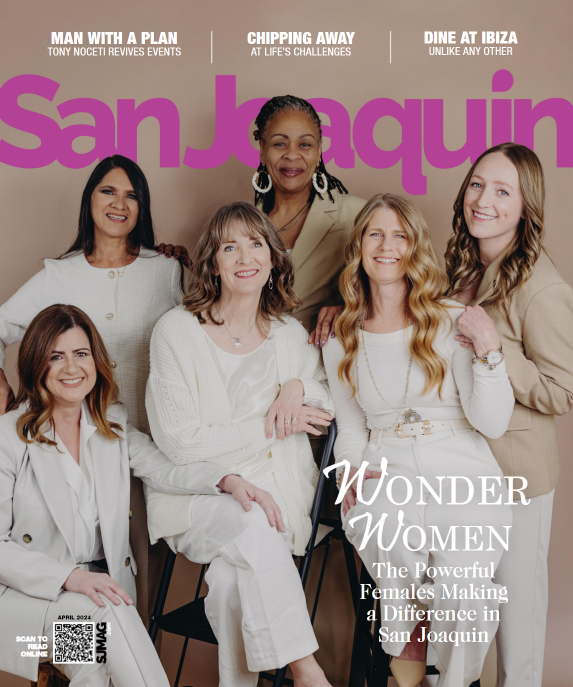Oh, Tradition!
By Heather Reagan
I am a non-traditionalist, proudly. I don’t like being bound by what we have always done; I want to do things differently. Strangely though, I have always loved weddings that are deeply rooted in tradition; honoring family, culture, bringing together the past with the future and revering the strong bond that exists between the two. I have often felt like there are not enough weddings rich in tradition, except for other cultural weddings, which seem to revel in tradition and custom. So, I decided to explore this, and much to my surprise, everything about a modern day wedding is founded on tradition- from the proposal to the threshold.
The Proposal.
In Knighthood days, it was custom for a Knight to dip his knee as a show of servitude to his Mistress and his Master. A knight would kneel before a tournament and wait for “his” lady to toss him her ribbon, as an indication of her favor.
Engagement Rings.
The custom of a wedding band dates back to ancient Egypt where Egyptians gave their brides circlets of hemp or rush- the circular band being a symbol of eternal love and unity. As it has evolved over the years, the diamond represents the sign of the strength of never-ending love. The origin of the ring on the third finger also dates back to the 17th century, to Christian weddings presumably, when a priest would touch the three fingers on the left hand when he recited “in the name of the Father, the Son, and the Holy Ghost”. Another belief, again from ancient Egypt, is that the “ring finger” followed the vena amoris (vein of love) which runs from this finger directly to the heart.
The Best Man.
(This is my favorite!) This tradition originated with the Germanic Goths. A man was to choose a woman within his community to marry; however, sometimes, the women would be in short supply; therefore, the man would have to seek out and capture a bride from a neighboring community- literally, capture her. This was not the task for one man. So, he would be accompanied by a male companion who would help him. Since this was such an important task, a two man strong-armed tactic, the future groom would choose the best man he knew to come along. Our “Best Man” today is a throwback to this dynamo duo. Once the bride was captured, there was a very real threat that the bride’s family would come looking for her and forcibly obtain her return, so the Best Man remained at the Groom’s side throughout the marriage ceremony, alert and well-armed. He continued his duties after the ceremony, safeguarding the entrance to the newlywed’s home.

Bridesmaids and Groomsmen.
These important roles on a wedding day have their roots in Roman law, which prescribed that ten witnesses be present at a wedding to fool evil spirits, who, it was believed, were in attendance at marriage ceremonies to cause mischief and disharmony. The Bridesmaids and Groomsmen were to dress identically to the Bride and Groom to confuse the evil spirits.
The Kiss at the end of the Ceremony.
In ancient times, the kiss at the end of the ceremony was a binding contract! It actually represented the mutual acceptance of the contract of marriage. It was said that the bride and the groom “exchanged a bit of their souls” with the breath of a kiss.
Tying the Knot.
In ancient days, the bride and groom were literally tied at the waist by wreaths to signify that they had been united. Other folklore suggests that this expression comes from the days when the bride wore a girdle that was tied in knots (before the invention of buttons, hooks, straps, etc.). On her wedding day, her attendants made sure the knots were secure but could easily be untied by the Groom to consummate the marriage.
Carrying the Bride Over the Threshold.
This came from Roman times. The Romans believed that the bride should be carried over the threshold so that the demons could not trip her and curse her with bad luck all the rest of her years.
“What an enormous magnifier is Tradition! How a thing grows in the human memory and in the human imagination, when love, worship, and all that lies in the human heart is there to encourage it!”
-Thomas Carlyle



